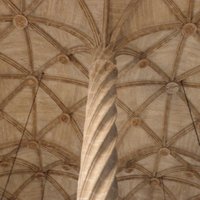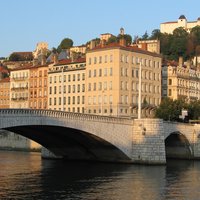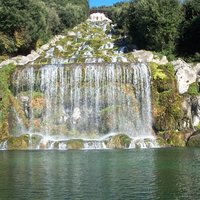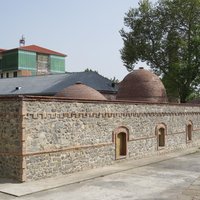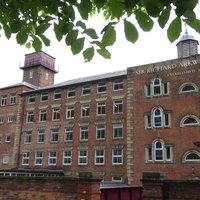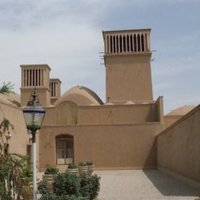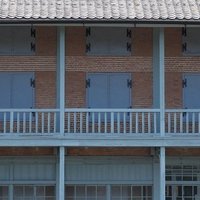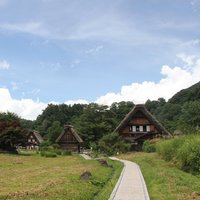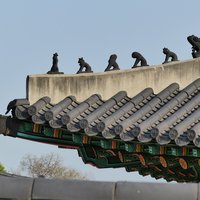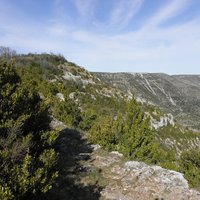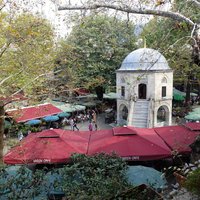Connected Sites
-
Silk trade
-
Lyonais silk workshops, the canuts in Croix-Rousse
-
San Leucio Silk Factory of 1778
-
The silk industry (silk worm culture) was the manufacturing and trading city's only resource. (AB ev)
-
Silkworm breeding was a major industry
-
"It began with the construction of the Silk Mill in Derby in 1721 for the brothers John and Thomas Lombe, which housed machinery for throwing silk, based on an Italian design." (OUV) - Derby Silk Mill
See www.derwentvalleymills.org
-
majority of the inhabitants were engaged in silk and cotton production
-
"Tomioka and its related sites form an outstanding example of an integrated ensemble for the mass production of raw silk." (OUV)
-
The inhabitants "subsisted on the cultivation of mulberry trees and the rearing of silkworms" (AB ev)
-
In the Ottoman Period the Hevsel Gardens were covered entirely in Mulberry trees" (Diyarbakir Province is still a producer of silk)
-
"The country planted and cultivated mulberry trees in the back gardens of palaces and encouraged sericulture among the general public. The Annals of King Seongjong records that the king spoke to the Royal Secretariat about the importance of sericulture and ordered them to plant mulberry trees in the back garden. In addition, the Annals of King Seongjong record that the king held a "Chinjamrye" ceremony in the back garden to pay tribute to the god of sericulture. Silkworm farming has been a valuable national industry since ancient times, and the royal family has placed great importance on mulberry trees. In 1911, the Government-General of Korea made the left Seohyanggak of the rear garden of Changdeokgung Palace into a silkworm farm and held a silkworm rite. There are records that silkworm rites were held at Juhapnu on June 17, 1925, June 15, 1929, and June 26, 1939." - Korean Heritage Service (KHS)
See en.namu.wiki
-
mulberry cultivation
-
Bursa became a centre of silk manufacture because of its location at the western end of the Silk road. The Koza Khan ( = Cocoon Khan) was where cocoons were traded, See
See en.unesco.org

